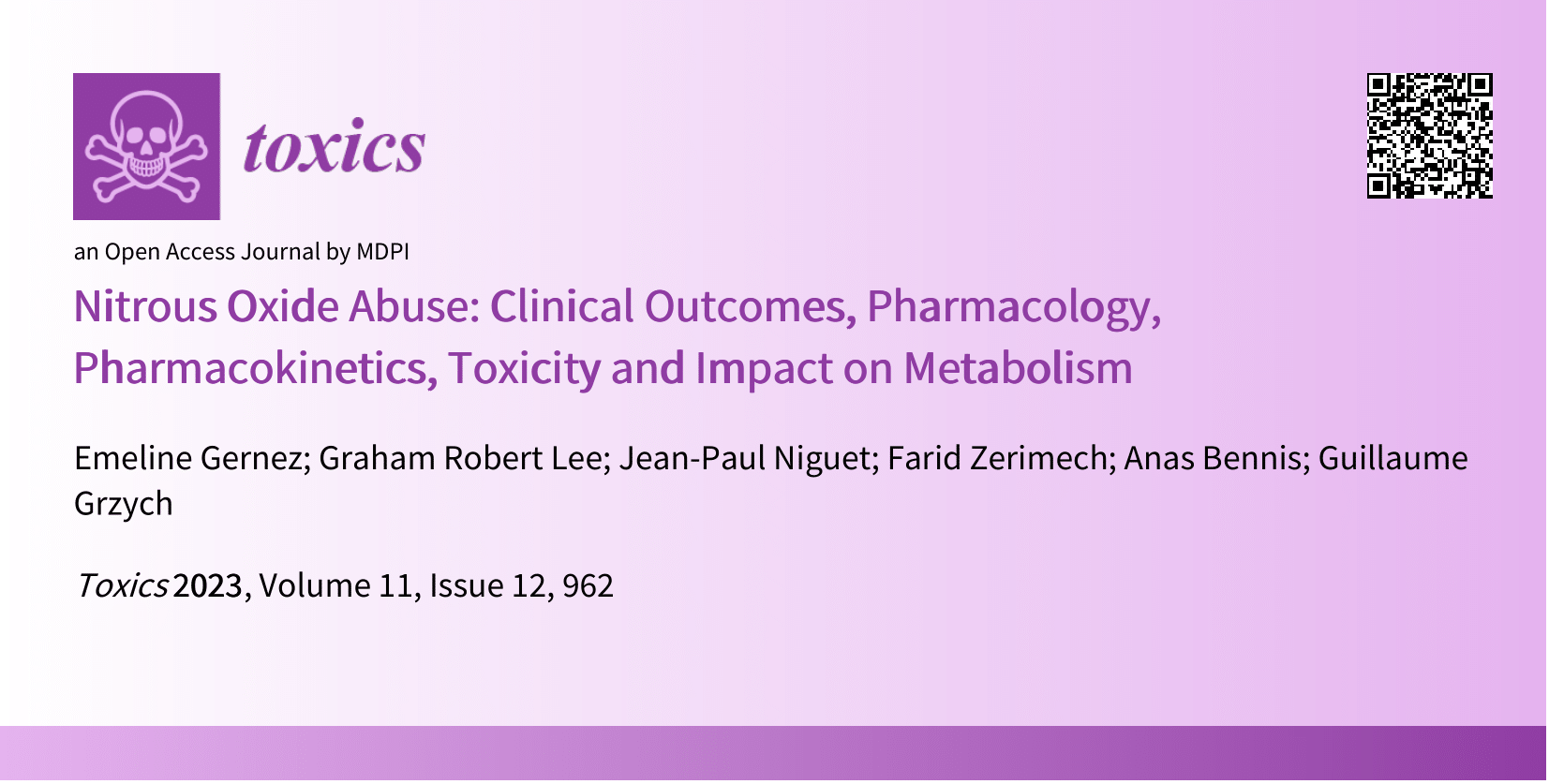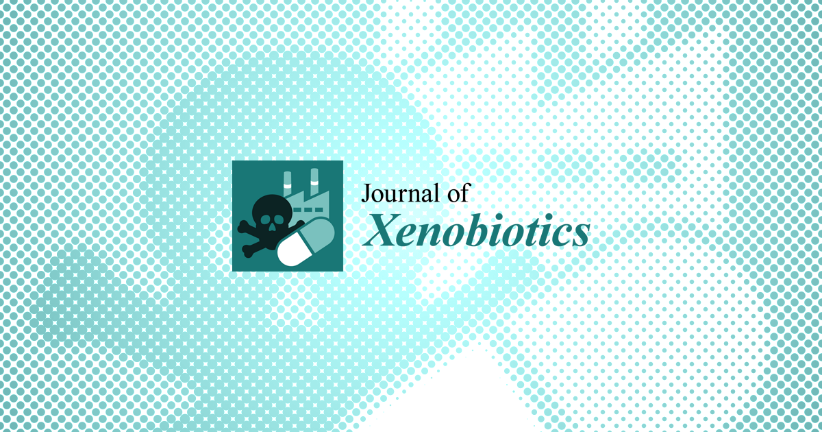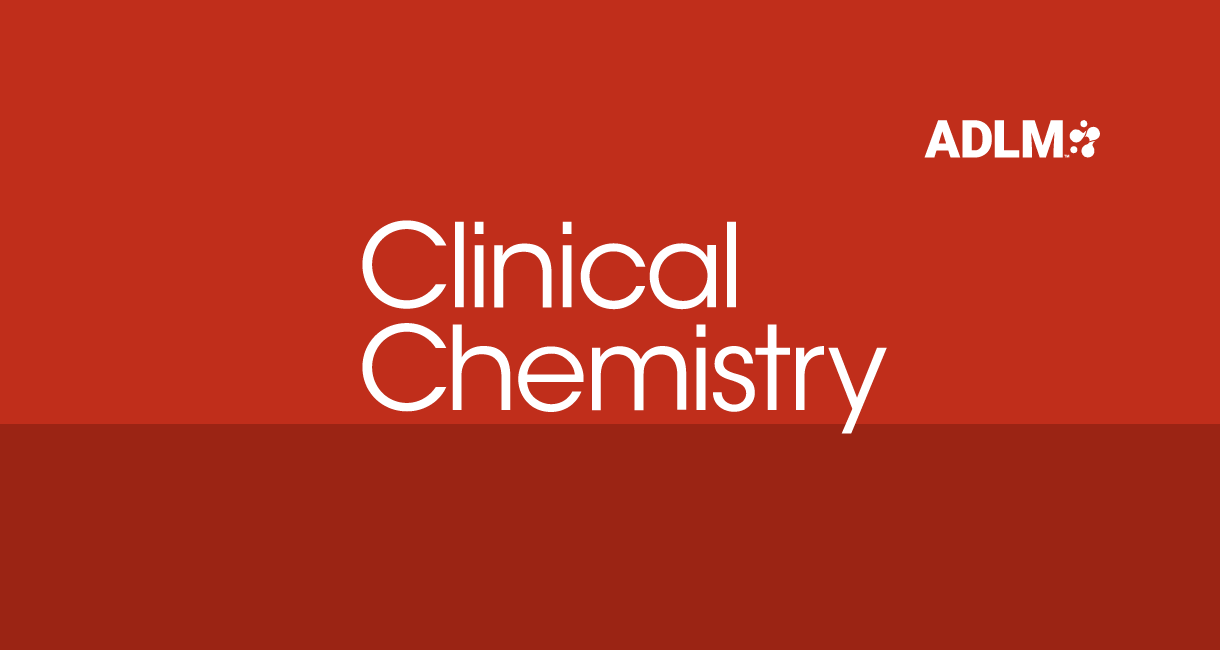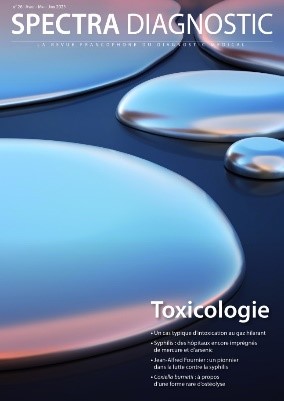Emeline Gernez 1 Graham Robert Lee 2 Jean-Paul Niguet 3 Farid Zerimech 1 Anas Bennis 4 Guillaume Grzych 1
Toxics. 2023 Nov 28;11(12):962.doi: 10.3390/toxics11120962.
Recreational use of nitrous oxide (N2O), also known as laughing gas, has increased considerably in recent years. In 2022, the European Monitoring Centre for Drugs and Drug Addiction (EMCDDA) recognized it as one of the most widely used psychoactive substances in Europe. Chronic exposure to nitrous oxide (N2O) can lead to a variety of clinical manifestations. The most frequent symptoms are neurological (sensory or motor disorders), but there are also other manifestations such as psychiatric manifestations or cardiovascular disorders (thrombosis). N2O also affects various neurotransmitter systems, giving it anesthetic, analgesic, anxiolytic and antidepressant properties. N2O is very difficult to measure in biological matrices. Thus, in cases of N2O intoxication, indirect biomarkers such as vitamin B12, plasma homocysteine and plasma MMA should be explored for diagnosis and evaluation. Other markers, such as oxidative stress markers, could be promising but need to be investigated further.
Link to article: https: //pubmed.ncbi.nlm.nih.gov/38133363/









 Make a donation
Make a donation